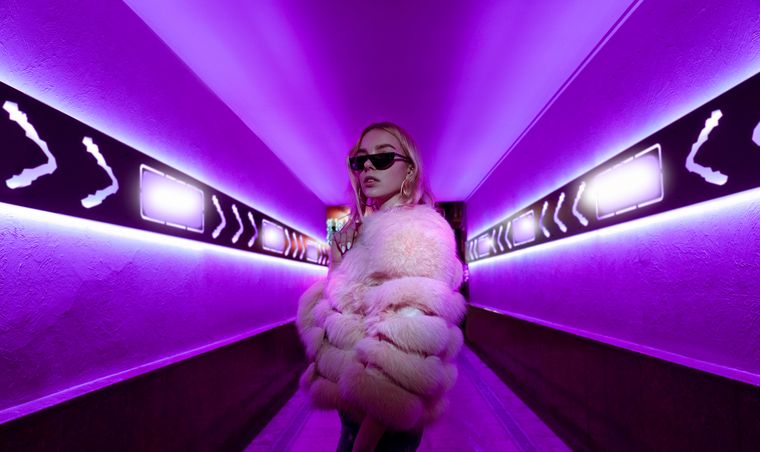Preconceptions and first experiences of research & insights
Alex started a three-month internship at HarrisX, focusing on commercial research. Explore the environmental impact of Easter chocolate consumption and examine consumer awareness and barriers to plant-based options.

In February this year, I started a 3-month internship in commercial research & insights with HarrisX. My degree was in Chemistry. This meant I had experience in research. Albeit a different type of research from what I was about to encounter.
During my internship I worked on several ongoing projects for large global brands. My main project was research into chocolate consumption at Easter’s environmental impact. I investigated how aware and concerned consumers are of this impact. And what the barriers for consumers switching to plant based are.
Before I began my internship, I had six preconceptions of what working in commercial research & insights would be like:
Involve lots of complicated maths when analysing data
Writing lots of reports
Rely on using databases
Be skewed towards working solo vs. a team
Always involve telling clients findings which were “good news”
Be a heavily corporate and intimidating environment
Now, with 3 months of work experience behind me, here’s what I know working in commercial research & insights is like:
1. Involve lots of complicated maths when analysing data
Initially, I thought I’d be getting to grips with difficult formulas and intimidating statistical analysis. However, I’ve since learned that the numbers are much more manageable than I imagined.
Getting used to navigating large spreadsheets took some time. But after a while it got easier. And the complexity is worth the satisfaction of seeing the data from the survey that you’ve designed.
For my ‘Environment over Easter’ project, I had lots of data. But by splitting it by different demographic groups I understood it better. And by doing a segmentation based on attitudes towards the environment, I enhanced my understanding even further.
2. Writing lots of reports
I thought commercial research would involve drafting many long reports. Perhaps this was due to what my time at university suggested work would be like!
However, the reality was the opposite. In commercial research & insights, you spend more time communicating findings in shorter more creative ways. Like distilling 20 slide decks into infographics. Less is more in the commercial world it appears!
3. Rely on using databases
I thought that the research I’d be doing would involve databases containing lots of data.
But again, I was pleasantly surprised! The emphasis was on primary research vs. databases. This allowed for a more creativity via research design.
However, I soon learned that the data needed for each research project varies. Some used desk research. Others used survey data. Others used social media analytics.
4. Be skewed towards working solo vs. a team
I thought that working with data would be solitary. But I found that working in research & insights involved lots of collaboration. Research design. Report building. Narrative creation. All required collaboration. Hugely different to working in a chemistry lab with only your fume cupboard for company!
I was also uncertain about how hybrid working would play out. I was unsure if I’d get to know people whilst only being in the office 2 or 3 days a week. But this wasn’t a barrier at all. And that Teams facilitated effective communication when working remotely.
5. Always involve telling clients findings which were “good news”
When listening to people talk about historical projects, I was surprised to hear that sometimes results didn’t always match with what the clients wanted to hear (e.g. advert or concept tests). I then realised how important it must be to carefully manage client relationships when research results aren’t as positive for them as they’d like.
It became obvious to me that research that didn’t deliver “good news” for clients was hugely important. Because it enables the client to adapt.
6. Be a heavily corporate and intimidating environment
I was unsure about what working in a commercial environment would be like. So much so I bought two new shirts, two pairs of formal shoes and stole my brother’s suit trousers!
My preconceptions were based on the stereotypes created by the media (and perhaps too many episodes of The Apprentice).
But 10 minutes into my internship, I realised my preconceptions were wrong! Everyone was warm and welcoming. The office was relaxed and friendly. There wasn’t a suit and tie in sight. Nobody was screaming, "You're fired!"
In summary, my preconceptions of working in commercial research & insight were almost entirely wrong! But in the best way possible.


